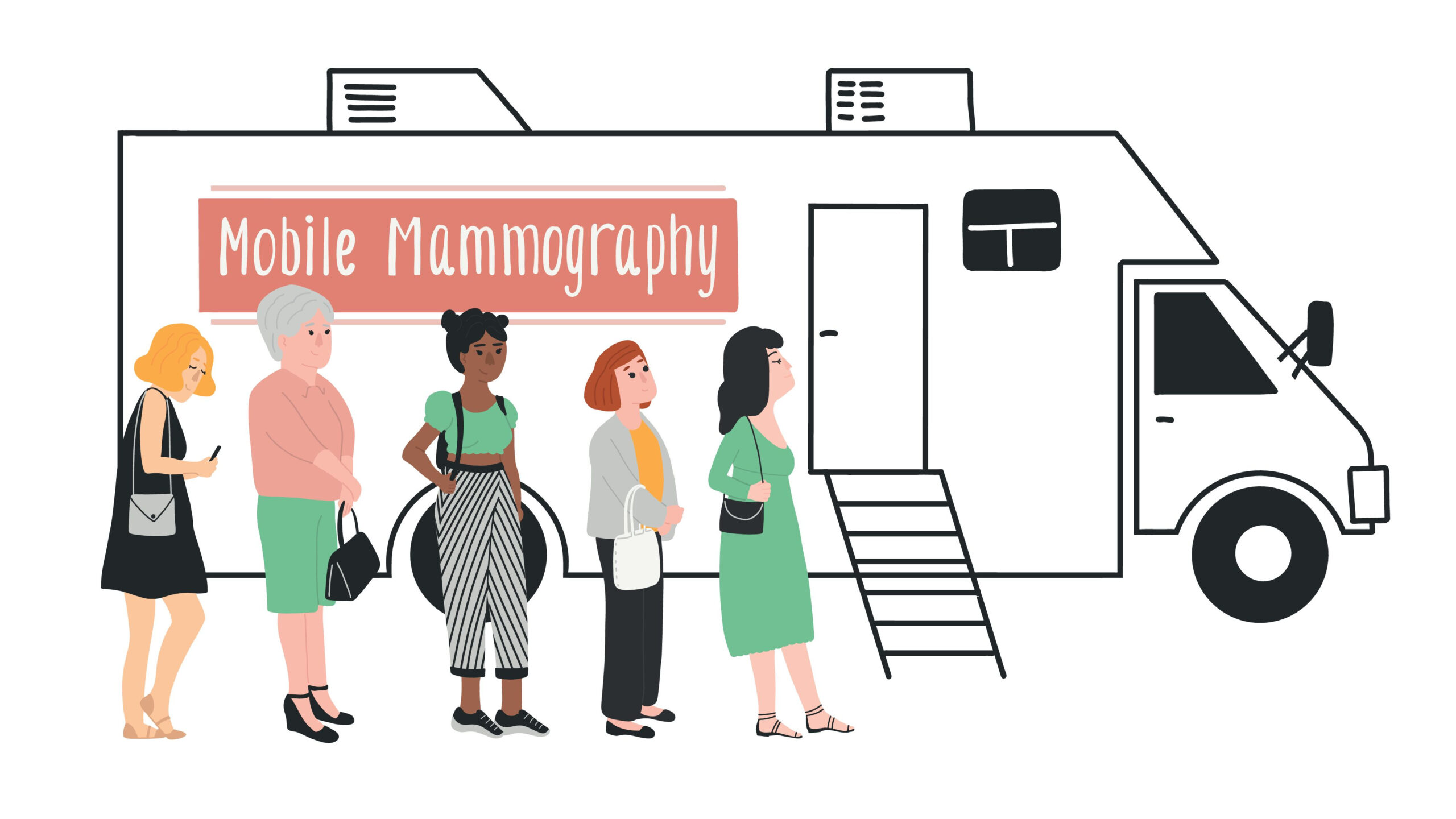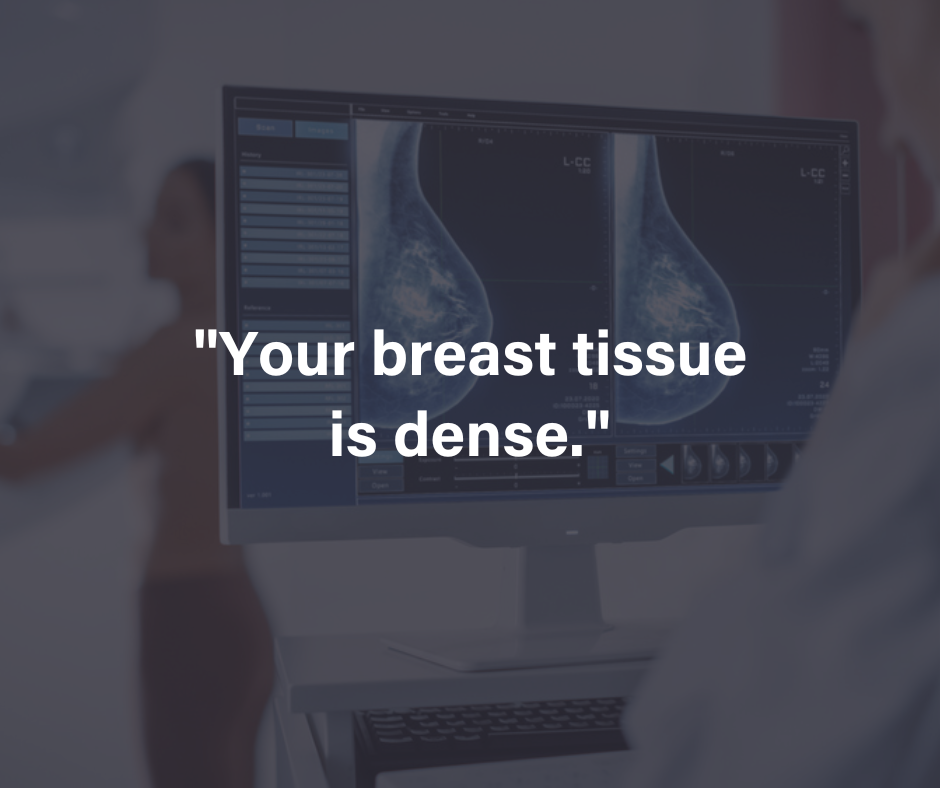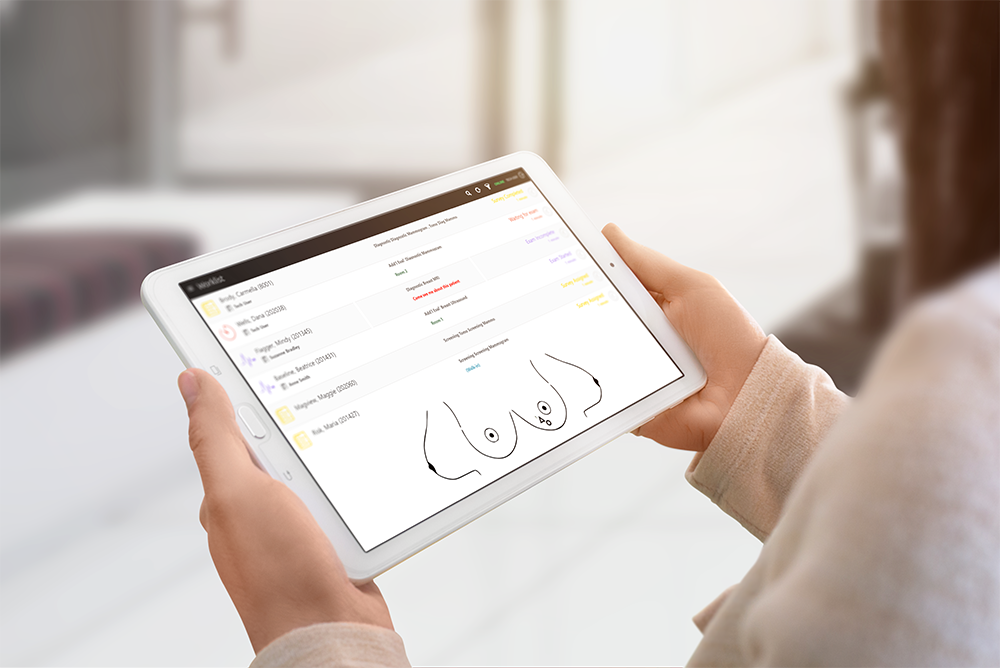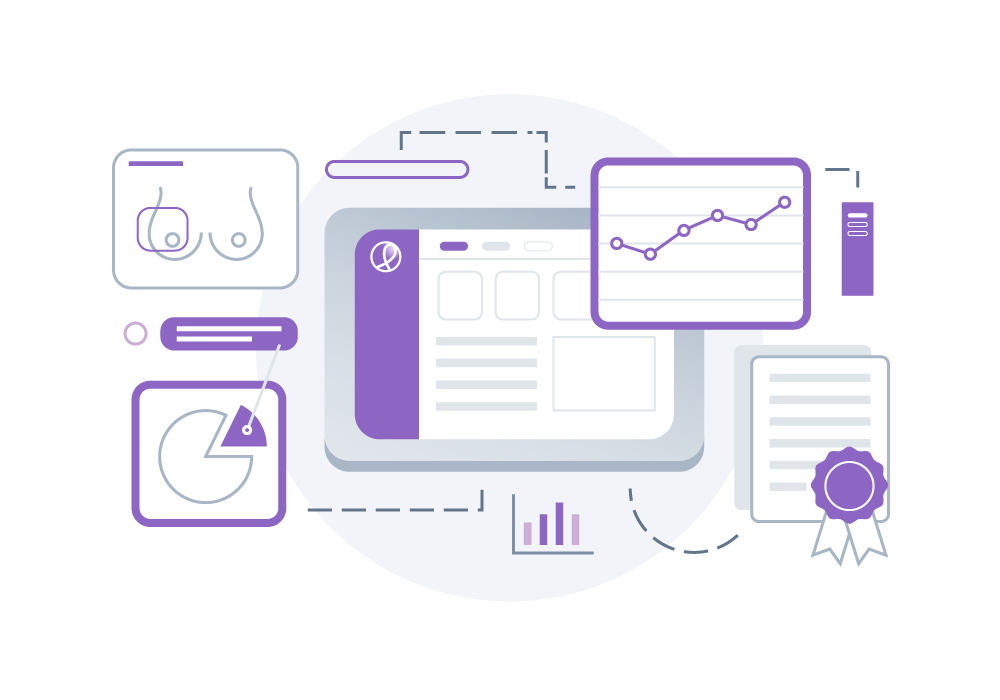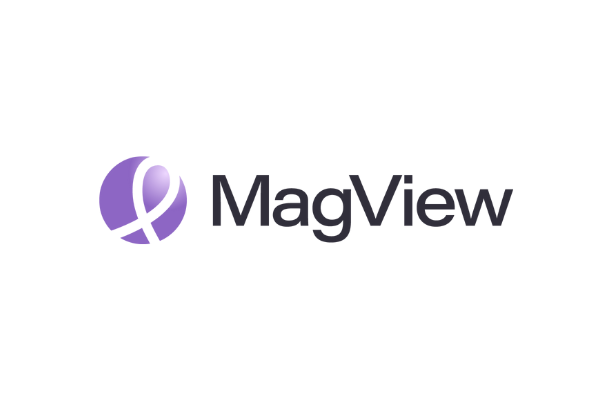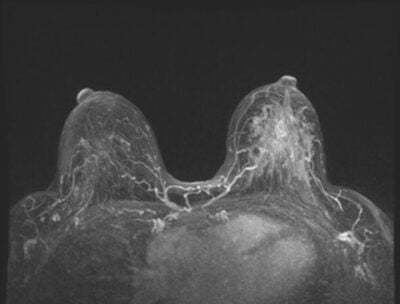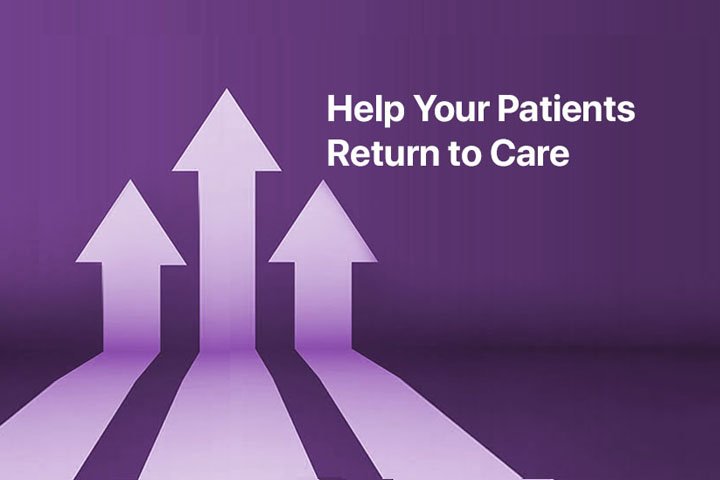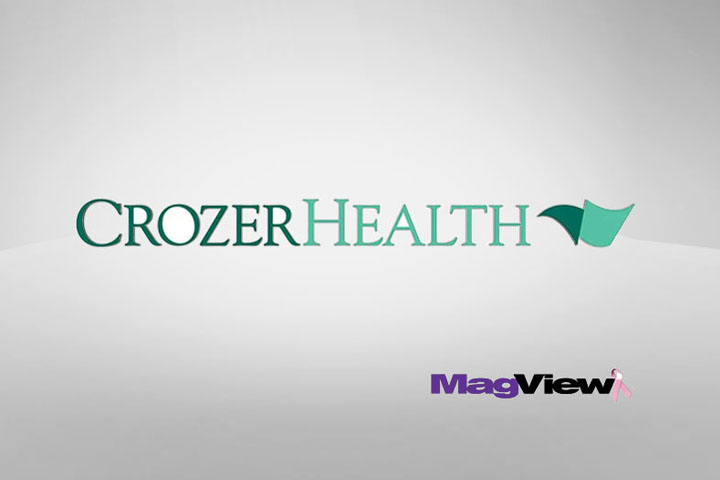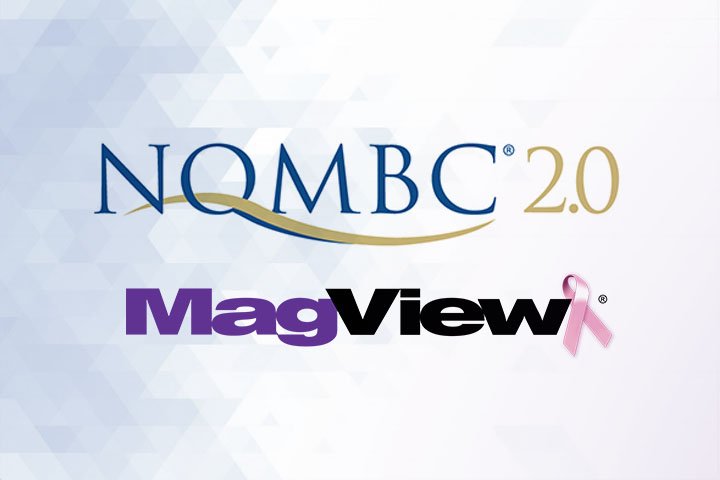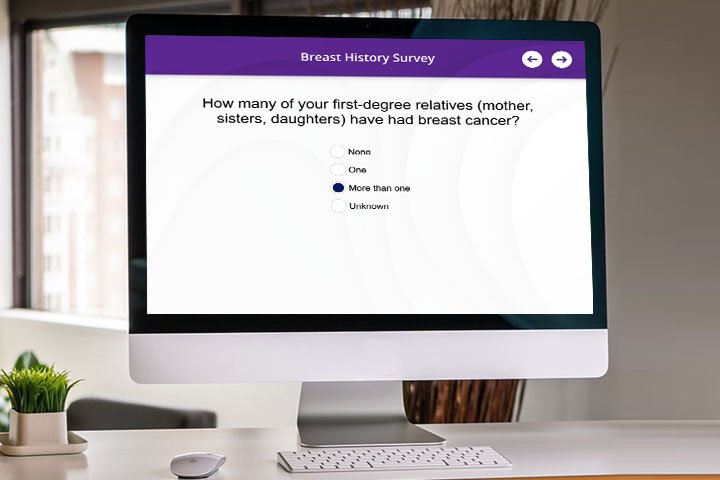Patient portals offer many benefits, like providing patients with the ability to connect directly with their healthcare providers and potentially increasing patient engagement.
However, it can be challenging for providers to convince patients to register for the portals available to them. And even if they do so, patients may not make the most of all portals have to offer.
Here, we’ll take a look at patient portals, factors that influence adoption, and five tips to increase the adoption rate of your patient portal.
Patient Portals: Background
Patient portals are enabled by electronic health records (EHRs) and were given a boost in the early days by meaningful use (MU) requirements that helped healthcare providers qualify for EHR incentive programs. These portals can provide patients with direct access to personal health information available in the EHR— such as diagnostic reports, physician notes, care summaries, and more.
Even before the pandemic hit, healthcare organizations were making a major shift toward offering patient portals. According to a 2018 poll by the Medical Group Management Association (MGMA), 90% of healthcare leaders who responded indicated that their organization offered a patient portal at the time. Additionally, the 10% who said patient portals weren’t being offered indicated these portals were either available in their EHR and not yet implemented—or they were planning on implementing them in the near future.
When the pandemic hit, virtual care surged as providers offered ongoing access to care while also keeping their patients safe. This sudden shift to virtual care also increased the adoption of patient portals by providers and patients alike.
Patient Portals: Benefits
Research indicates that patient portals offer a variety of benefits, including the ability to spot medical errors in a patient’s record, improve medication adherence, and enhance patient-provider communications.
Unlike virtual visits conducted in real-time, portals also offer an asynchronous communication framework that allows patients and providers to send and respond to messages at a time that fits their schedules.
Patient portals can also be a source of patient education, empowering patients with the right information to manage their health needs.
Here are just two of the studies that demonstrate the power of effective patient portal use:
- Research published in PLOS ONE concluded that “Access to a patient portal can increase engagement in outpatient visits, potentially addressing unmet clinical needs, and reduce downstream health events that lead to emergency and hospital care, particularly among patients with multiple complex conditions.”
- Research published in the Patient Experience Journal found that “Common themes emerged around both logistical and psychological benefits of portal use. Logistical benefits included increased efficiency, improved ability to track their health information, and better documentation of communications and information during and between office visits. Psychological benefits were a greater sense of collaboration in care, increased trust in providers, and enhanced engagement in health care activities.”
Patient Portals: Factors Influencing Adoption
Some of the research related to patient portal adoption also underscores the importance of portal design. For instance, one study, “Patient Portals Facilitating Engagement With Inpatient Electronic Medical Records: A Systematic Review” noted that “Many articles showed that good portal design is crucial for usability and adoption by patients.”
In its review of related literature, the same study also noted how important it is to consider the needs of healthcare providers, who influence portal adoption rates among patients.
A study published in 2020, “The State of Evidence in Patient Portals: Umbrella Review,” also emphasized the impact of user design on portal adoption rates. Its review of related literature found that “Patients are interested and satisfied in using patient portals if they are designed to be easy to use and useful. The information in patient portals should be transparent and easy to understand, written in nonmedical language, and have a simple display. To make portals more patient-friendly and attuned to variations in health literacy, there should be minimal navigation steps and educational information on specific laboratory results, medications, and allergies.”
This study also identified some of the barriers that can inhibit patient portal adoption, including:
- Forgetting passwords
- Lack of internet access
- Lack of necessary technical interface or literacy
- Lack of computer skills
- Unreliable messaging from providers
- Encountering complex language
- Difficulty finding information within the portal
- Lack of awareness about portals
- Limited belief in the benefits of portals
- Security and privacy concerns
On the flip side, the study noted that “Facilitation of portal adoption included encouragement from providers and family members, and training and education on portals.”
Patient Portals: Tips to Increase Adoption
As evidenced in some of the research included here, there are certain things you can do to help increase patient portal adoption rates. Here are five tips for your breast center to consider:
- Provide education. Make sure patients have the information they need about the availability of your patient portal, what it contains, benefits of use, how to access it, and who to contact if they need help.
- Assess potential gaps. Evaluate whether the basics are in place for patients—such as access to a computer and internet connection, and whether barriers exist in terms of the technical skills needed.
- Keep it simple. Ensure portal design is user-friendly when it comes to sign up, layout and navigation, and the type of language used.
- Address concerns. Ask patients if they have any concerns about using a patient portal—such as security and privacy issues—and if so, address them as needed.
- Recruit support. Since research indicates that both providers and family members influence portal adoption, make sure providers have the support they need to optimize portal use and that family members are involved in portal discussions with patients.
MagView’s Patient Portal Offerings
At MagView, we understand the benefits of patient portals for patient empowerment, engagement between patients and providers, and enhanced efficiency for breast center operations.
That’s why our patient portal offerings—the Patient History Portal and the Patient Results Portal—play such an important role within our suite of patient experience tools.
Patient History Portal
Since breast history forms can be lengthy, patients spend a lot of time in the waiting room filling them out. Plus, they may not have all the needed information available. The good news is that our secure, HIPAA-compliant Patient History Portal offers a convenient way for patients to complete their “paperwork” prior to the visit when they’ll have everything at their fingertips.
The result? Reduced waiting-room time, a more efficient check-in process, and care that’s based on the information breast centers need.
Patient Results Portal
Creating a better patient experience includes empowering patients within the process. One of the most important ways you can do so is by providing immediate access to test results. Instead of expecting a patient to wait anxiously by the mailbox, you can offer the option to receive an email notification when results are ready—with a link to our HIPAA-compliant Patient Results Portal where a patient can access the outcome of her test.
In addition to helping patients, your center benefits by reducing the costs and burdens of prepping paper letters to send them through the mail. And for an added level of regulatory and legal protection, MagView’s Patient Results Portal documents the date and time a patient securely logs in to read her results. This documentation is immediately available in the electronic patient record.
If you’d like to learn more about how MagView’s patient portals and other cutting-edge offerings can benefit your breast center, contact us today.



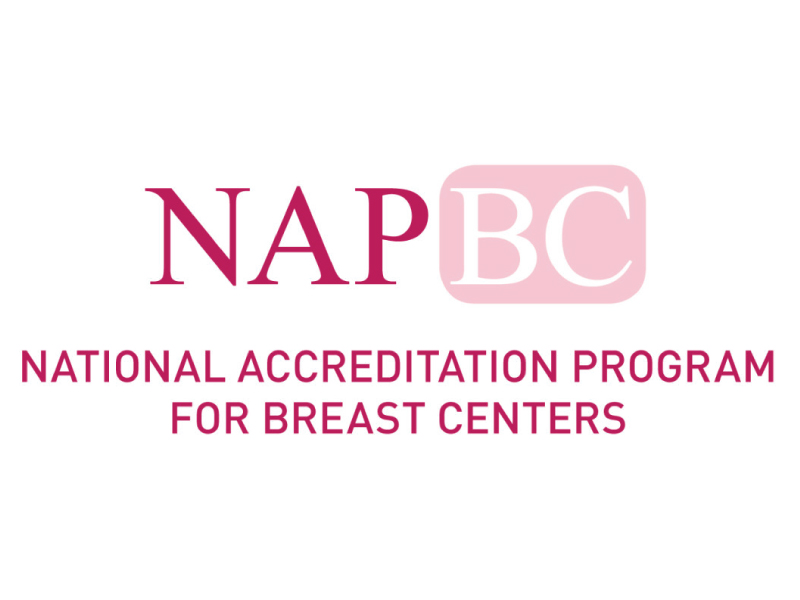
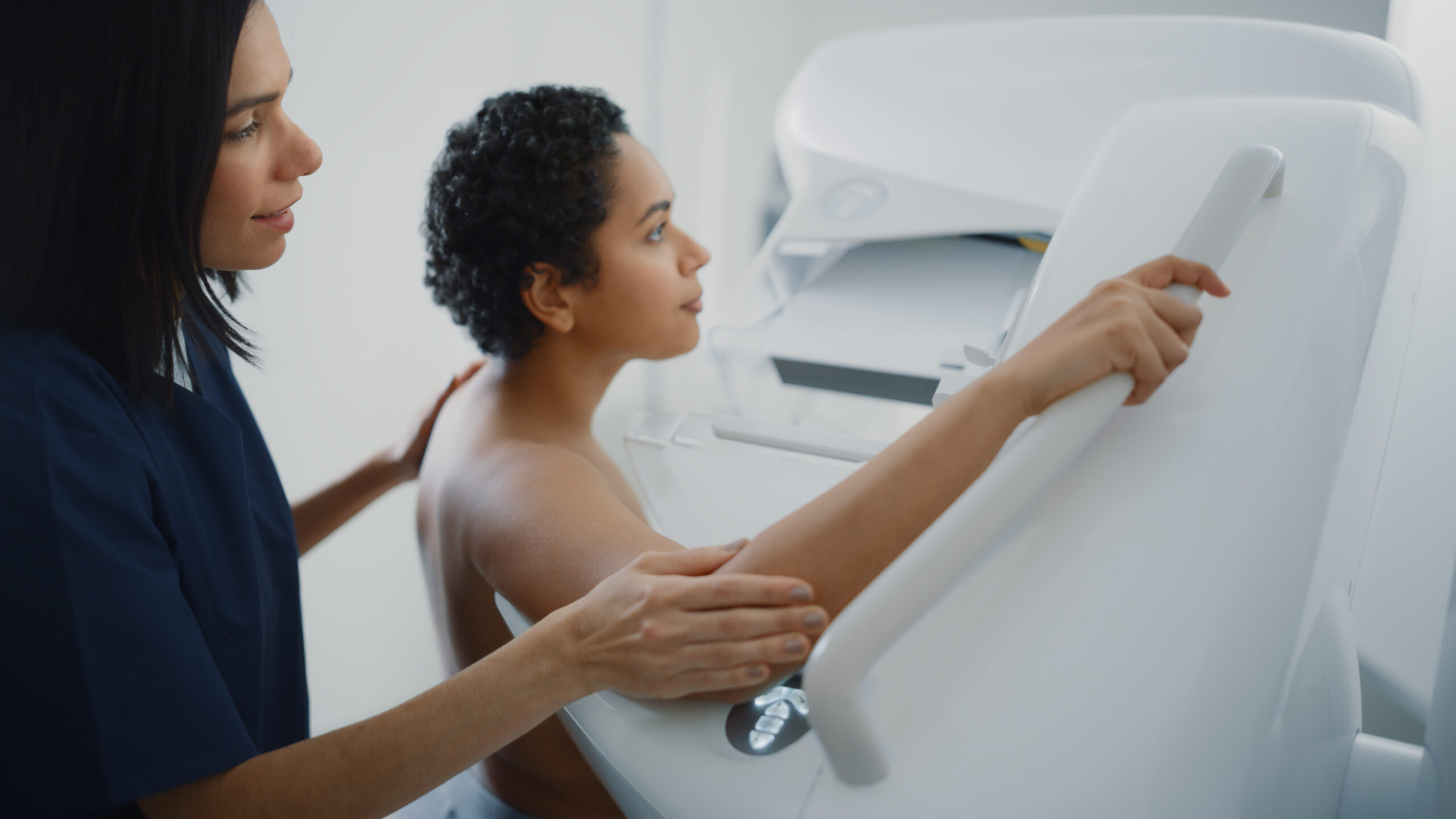

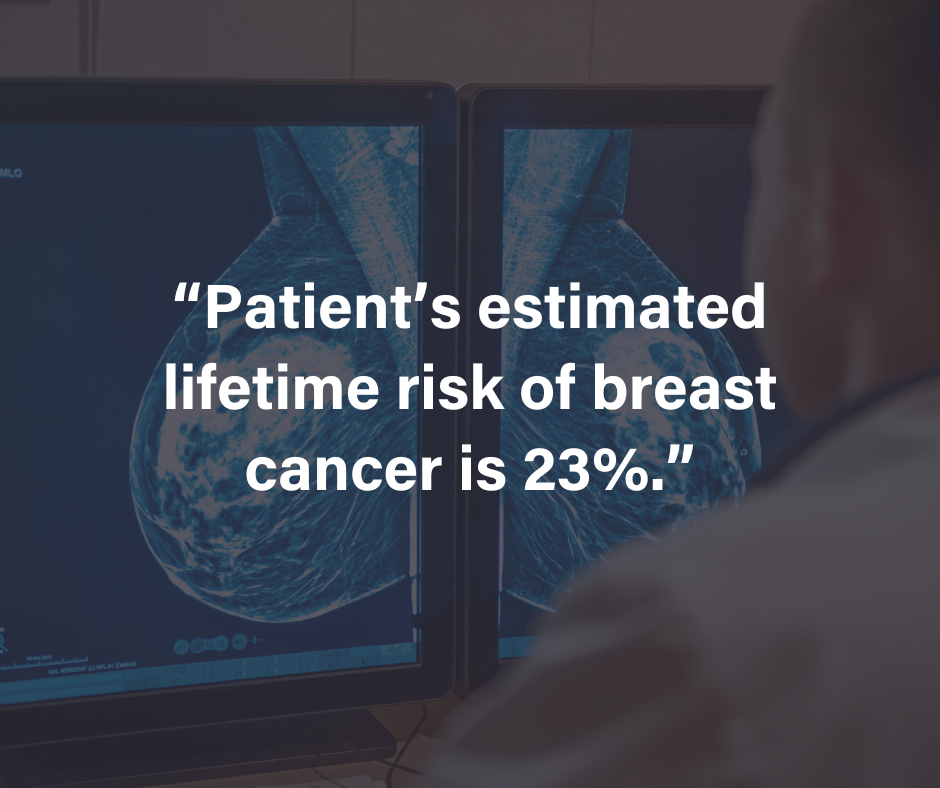
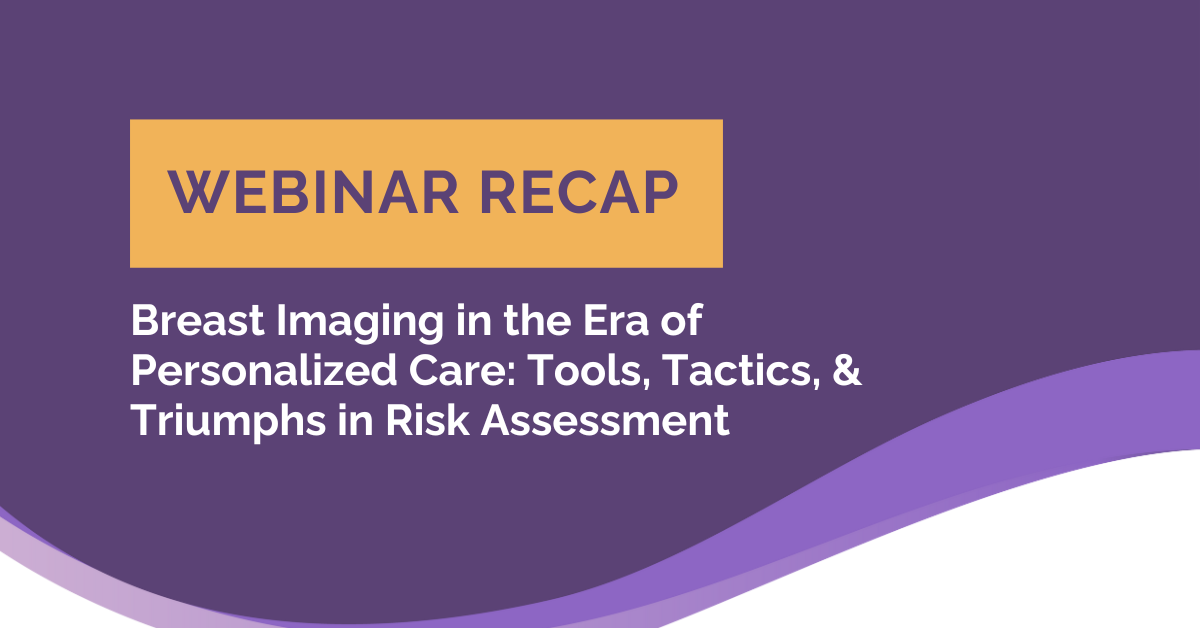







![monitoring breast density shutterstock_1299510538-[Converted]](https://magview.com/wp-content/uploads/2023/05/shutterstock_1299510538-Converted.jpg)
